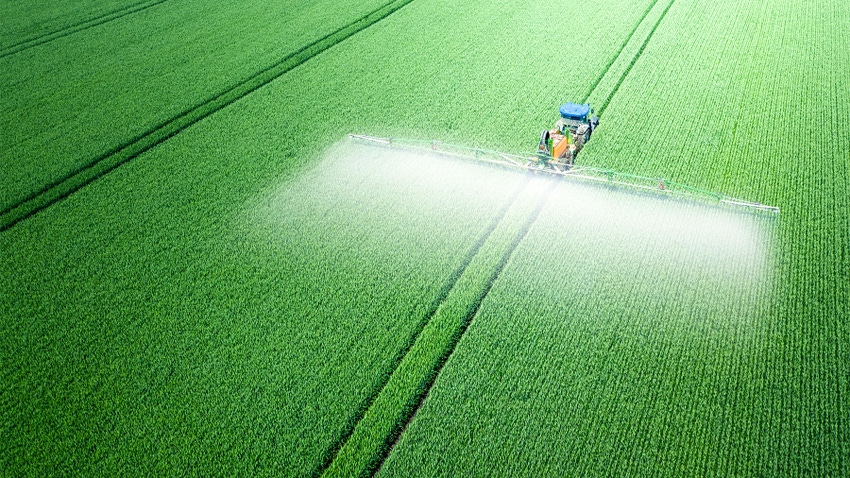April 19, 2024

Do you know what weeds are resistant on your farm? One way to find out is to send seed to a lab for testing.
How do you do that? Kelly White, marketing manager, eastern commercial unit, Corteva Agriscience, has some tips. She spent her time as an undergraduate student working for Michigan State University’s Department of Plant, Soil and Microbial Sciences.
As a research assistant, she helped students seeking master’s degrees and doctorates with their research projects and was introduced to a vast amount of research on weed resistance management.
She answers a few questions growers might have about sending seed in for testing:
Why do you recommend sending in any weed samples that are suspected of being resistant? Farmers that suspect they have resistant weeds can send their samples in to ensure they are implementing the correct management programs, as well as assist university Extension programs in understanding where resistance is spreading throughout the region.
What can farmers expect when they send weeds to a laboratory? What does the process entail? To screen for resistance, seeds are cleaned from dried plant material, treated for dormancy, grown in the greenhouse and treated with up to seven different herbicides (herbicides screened are based on the species, cropping system, suspected resistance and quantity of seedlings).
Mature, high-quality seed or seed heads should be collected from suspicious plants in the late summer or fall. Ideally, pooled samples with seed or seed heads from five or more plants will ensure adequate seed quantity. Consult your local lab website to obtain specific information on packaging and shipping best practices for that particular testing location.
How long does it take to get results? Resistance screening can vary from a few weeks to a few months, depending on the individual weed species being examined, the modes of action being screened and the methodology of the screening process.
How can the information provided from the lab be used to improve weed control strategies? Once farmers receive their test results, they will have the knowledge of resistance or tolerances throughout their farm. They can then use different trait platforms, herbicide programs and cultural practices to better manage any resistant weed species.
Are there any common misconceptions about weed testing that you’d like to correct? Weed resistance can spread in multiple ways from biological methods to wildlife migration, along with the use of equipment on multiple farms. Identifying weed resistance on your farm is not a reflection on poor management. It can, however, equip you with the knowledge and resources to tackle difficult weeds moving forward.
For more information on weed testing options in your area, contact your local Corteva Agriscience representative or university Extension agent.
Reach the Michigan State University Plant & Pest Diagnostics lab at canr.msu.edu.
Source: Corteva
You May Also Like




